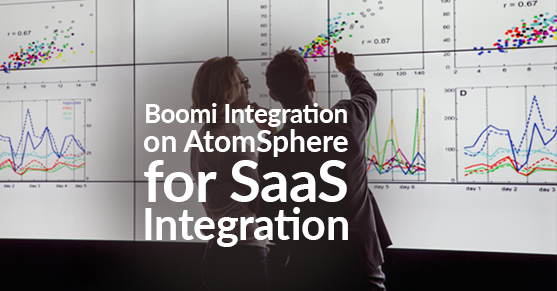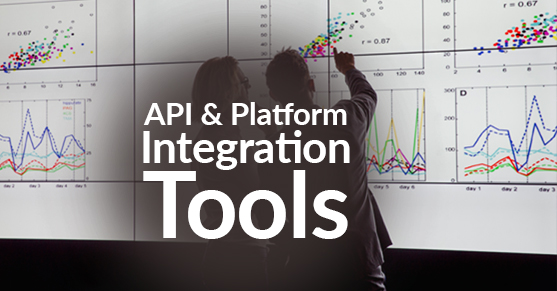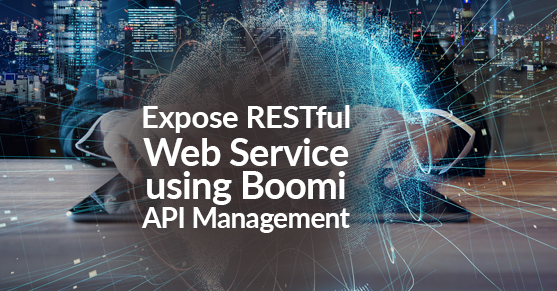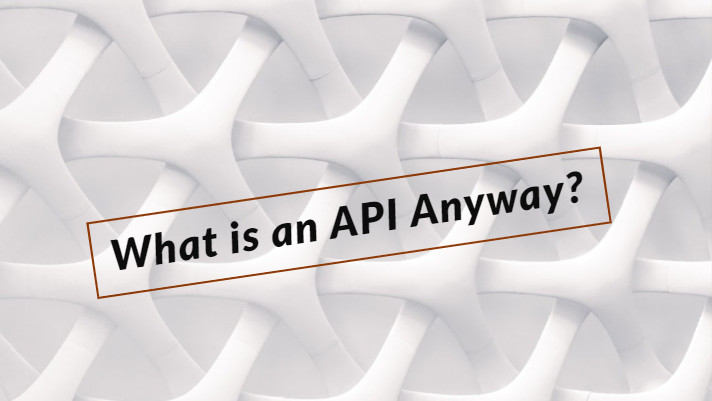
by Naidu Karri | Sep 24, 2020 | Blog, Boomi
Before diving into the Boomi platform setup, let’s answer this question: what is Boomi? Boomi is a configuration-based integration tool, founded in 2000 and later acquired by Dell in 2010. Boomi works with a wide range of customers and continuously seeks...

by Justin Tran | Jul 30, 2020 | Blog, Boomi, Cloud
This document outlines a comprehensive set of Boomi Component Naming Standards that will allow for better integration readability, maintenance, and troubleshooting. While there are many different naming conventions that can be adopted with pros and cons to each set,...

by XTIVIA | May 8, 2020 | API Management, Blog, Perspectives
The right integration tool is key to unlocking unified API management and successful digital transformation. Today’s technology-focused environment is flooded with API and platform integrator tools, making the right choice hard to find. Over the past 20 years,...

by Megharaj Gotur | Jan 24, 2020 | API Management, Blog, Boomi
This article is a detailed tutorial on exposing RESTful webservice using Boomi API management. Boomi API Management Boomi API Management feature enables an API publisher to expose versioned APIs for a logical group of APIs. An API consists of a set of REST, SOAP or...

by Megharaj Gotur | Jan 10, 2020 | Blog, Boomi
Synchronous Web Service A Synchronous web service is used when a client or a calling system is expecting an immediate process response for a process request. The client or a calling system blocks on the called thread and waits until it receives a response or times...

by Megharaj Gotur | Nov 22, 2019 | Blog, Boomi
This article is a detailed how-to tutorial on installing a local Boomi atom on a Windows operating system. Local Boomi Atom A Local Boomi Atom is a single-tenant, single-node AtomSphere runtime engine installed on your local network to access the local resources (file...

by Vivek Agarwal | May 28, 2019 | API Management, Applications, Blog
Businesses are using more applications than ever and accumulating huge mountains of data in the process. Data is one of the most valuable assets an enterprise has in successful business. Customer data enables the enterprise to provide hyper-personalized experiences to...

by Vivek Agarwal | May 22, 2019 | API Management, Blog, Boomi, MuleSoft
You might be wondering why I am writing an article on “What is an API” when there are many established authorities that have defined an API and done that task well. Instead, I am going to focus on what constitutes an API? And what is the difference between...

by Vikas Sharma | Apr 24, 2019 | Blog, Boomi, Customer Relationship Management, Salesforce
In today’s growing economy, every business needs to connect to customers more frequently than ever; establishing processes which actively support ongoing customer relationship management is no longer a luxury, it’s a necessity. Being the industry’s...

by Vivek Agarwal, Keith O’Connell, and Vikas Sharma | Feb 27, 2019 | Blog, Boomi, Cloud
The growth of a globalized economy and the increased pace of modern business has resulted in a highly competitive environment in which digital transformation and agility are becoming ever more critical. A critical component of a successful digital transformation is...











